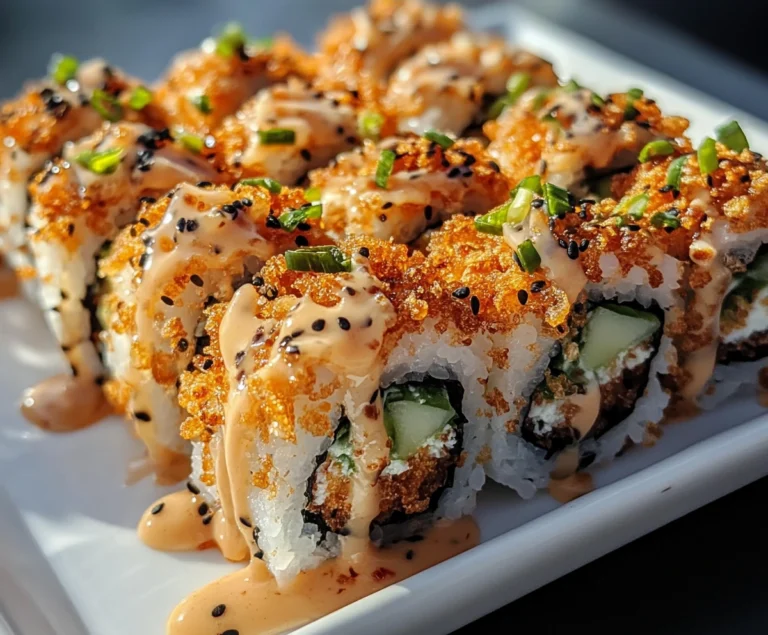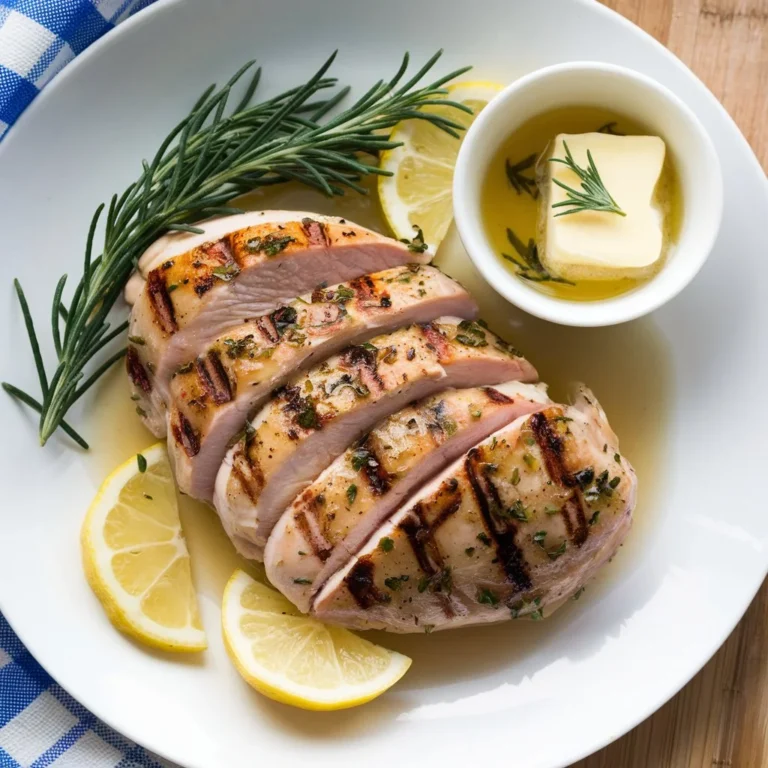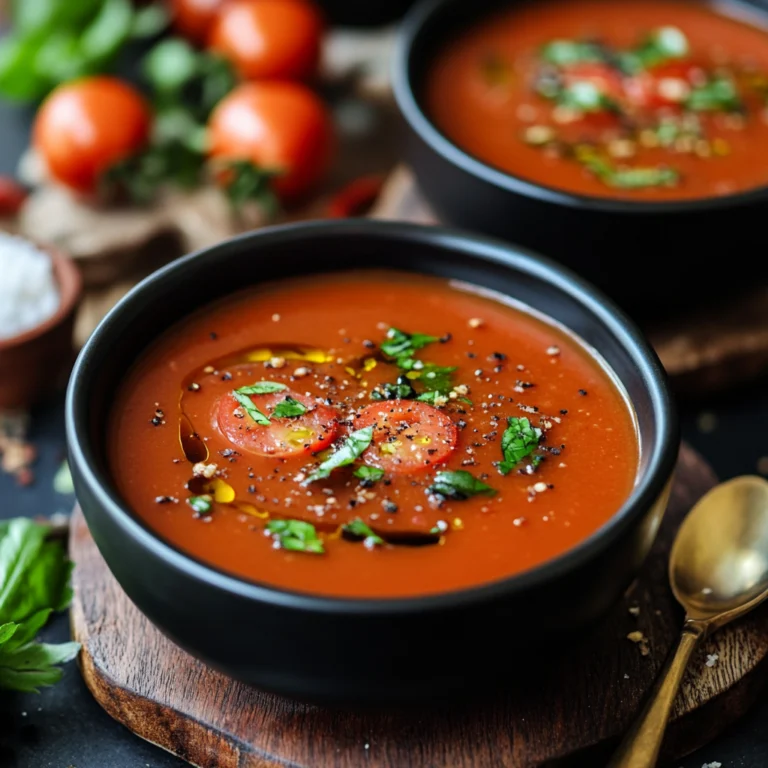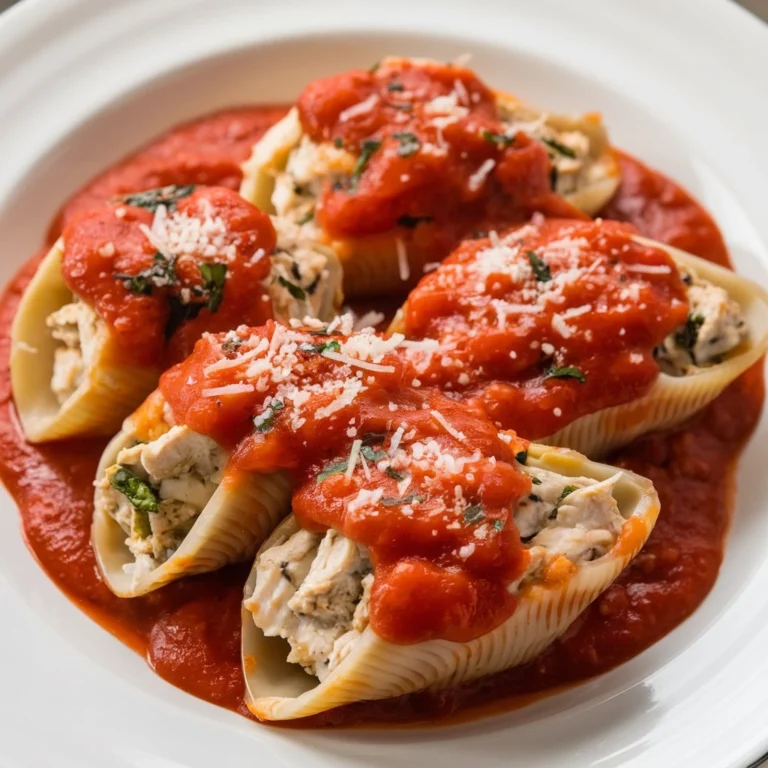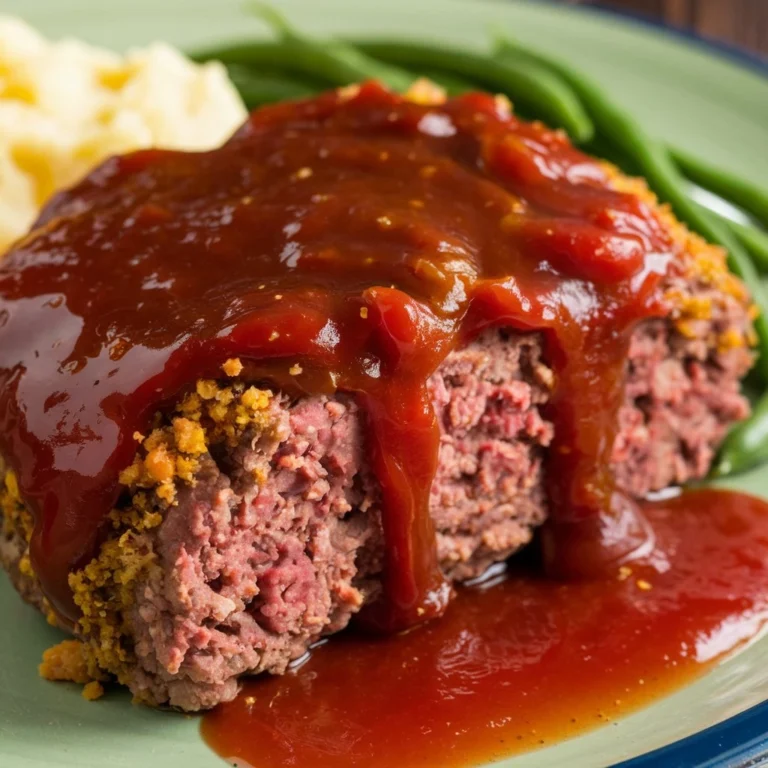What is Bowtie Pasta Called?
Bowtie pasta, with its iconic pinched middle and ruffled edges, has gained global recognition as a favorite choice in numerous kitchens. It’s visually appealing and versatile, used in a wide range of dishes, from creamy alfredo sauces to cold pasta salads. However, what many people refer to as “bowtie pasta” is actually called farfalle in Italian, which translates to “butterflies.” This name reflects the pasta’s delicate shape, which resembles the wings of a butterfly in flight. While farfalle is the most commonly known name, the pasta also has other regional variations that reflect its deep roots in Italian culinary tradition.
In this article, we’ll explore the origins, varieties, cooking tips, and nutritional value of farfalle, along with its uses in both traditional and modern dishes. Whether you’re new to cooking or a seasoned pasta enthusiast, understanding more about this pasta will elevate your appreciation of it. Explore more pasta recipes for unique and delicious meal ideas.
The Name Behind Bowtie Pasta
While bowtie pasta is the most commonly used term in English-speaking countries, the original name, farfalle, stems from the Italian word for “butterflies.” The name is perfectly suited to the pasta’s design, which resembles the outstretched wings of a butterfly. The elegant shape makes it a popular choice for both casual meals and fancy dinners.
In certain parts of Italy, particularly in the Emilia-Romagna region, this pasta is also known as strichetti. The word strichetti is a local term that refers to the bowtie shape but is more commonly associated with handmade versions of this pasta. Unlike industrially produced farfalle, which often has perfectly symmetrical wings, strichetti tends to have a more rustic appearance due to its handmade nature. This rusticity makes it a favorite in traditional Italian households, where pasta-making has been passed down through generations.
The history of farfalle dates back to the 16th century in Northern Italy, specifically in the regions of Lombardy and Emilia-Romagna. During this time, pasta-making flourished as a staple of Italian cuisine, and different regions began developing their own unique pasta shapes. The use of farfalle in Italian dishes quickly became popular, as its wide surface and pinched center allowed it to hold a variety of sauces, from simple tomato-based ones to rich, creamy blends.
Why Bowtie Pasta?
The name “bowtie pasta” comes from the pasta’s resemblance to a bowtie, particularly in English-speaking countries. Its appeal lies not only in its visual similarity to a butterfly but also in its playful connection to fashion. The pinched center of the pasta mimics the way a bowtie is tied, making it a charming and whimsical addition to any dish.
For more details on the history of pasta, explore this comprehensive article from Britannica.
Varieties of Farfalle
Though most people recognize farfalle in its standard form, this pasta type comes in several varieties, each with its own distinct characteristics. Here’s a breakdown of the most common types:
1. Traditional Farfalle
This is the most common type of farfalle available in supermarkets. It is typically made from durum wheat semolina and water, giving it a firm texture that holds up well in both light and heavy sauces. The smooth surface of the pasta allows it to pair seamlessly with both tomato-based and creamy sauces.
2. Farfalle Rigate
Unlike traditional farfalle, farfalle rigate has ridges along its surface, which help sauces cling to the pasta more effectively. This variety is particularly suited to thicker sauces like Alfredo or pesto, as the ridges catch the sauce, ensuring every bite is full of flavor.
3. Farfalline
Farfalline is a miniature version of farfalle, often used in soups or light salads. Due to its small size, it cooks quickly and adds a decorative touch to broths and cold pasta dishes. Its delicate shape makes it an excellent choice for lighter sauces, where it won’t be overwhelmed by the other ingredients.
4. Farfallone
The larger version of farfalle, farfallone is perfect for heartier dishes where the pasta needs to hold up against heavier ingredients like meat or thick vegetables. Its larger surface area allows for more sauce to be absorbed, making it an ideal choice for meals that require a pasta with more structure.
5. Colored Farfalle
Beyond the classic yellow pasta made from wheat, farfalle also comes in various colors, each achieved by mixing natural ingredients into the dough:
- Red Farfalle: Colored with beetroot, giving the pasta a vibrant red hue.
- Green Farfalle: Made by incorporating spinach into the dough, resulting in a deep green color.
- Black Farfalle: Created using cuttlefish ink, this pasta has a striking black appearance, often used in gourmet dishes.
6. Gluten-Free Farfalle
As dietary preferences and needs have evolved, gluten-free versions of farfalle have become more widely available. These versions are typically made from alternative flours like rice, quinoa, or corn, providing options for those with gluten sensitivities or celiac disease.
The Origins of Farfalle: A Culinary Tradition
The origin of farfalle can be traced back to the 16th century in Northern Italy, where pasta-making was a common household skill passed down through generations. Farfalle was created in the regions of Lombardy and Emilia-Romagna, areas known for their rich agricultural traditions. These regions cultivated high-quality wheat, which became the base for a variety of pasta types.
In these early days, pasta shapes were often determined by the tools available and the creativity of the pasta-makers. Farfalle was born out of the simple technique of pinching the center of rectangular pasta sheets, creating the butterfly shape we recognize today.
Over time, this pasta became an essential part of Italian culinary tradition. Its unique shape allowed it to be paired with a wide range of sauces, from rich meaty ragùs to simple garlic and olive oil preparations. The shape of farfalle made it a versatile pasta, suitable for both hot and cold dishes, which is why it remains popular in modern kitchens worldwide.
For more on Italian cuisine’s roots, check out this guide on traditional dishes that pair well with farfalle.
Regional Names and Variations
In the Emilia-Romagna region, farfalle is often referred to as strichetti. This regional variation is typically made by hand, giving it a rustic, uneven appearance. Unlike the industrially produced farfalle that you might find in supermarkets, strichetti has a more artisanal quality, with each piece slightly different from the next. This handmade pasta is often used in traditional Italian dishes, where the texture and flavor of the pasta are given as much attention as the sauce or other ingredients.
Culinary Uses: The Versatility of Farfalle
One of the reasons farfalle has remained so popular is its versatility in the kitchen. Its shape and texture allow it to hold both light and rich sauces, making it suitable for a wide range of dishes. Whether you’re preparing a light summer salad or a hearty winter stew, farfalle can adapt to your needs.
Hot Dishes
In hot dishes, farfalle is often paired with rich, creamy sauces or hearty tomato-based sauces. Its wide surface area and pinched middle allow it to absorb the flavors of the sauce, ensuring that every bite is full of flavor. Some popular hot dishes featuring farfalle include:
- Farfalle Alfredo: A classic Italian-American dish where the pasta is smothered in a creamy Alfredo sauce made with butter, cream, and Parmesan cheese.
- Farfalle with Pesto: The ridged version of farfalle works particularly well with pesto sauce, as the ridges help to capture the oily basil and pine nut mixture.
- Farfalle with Sausage and Peppers: The robust texture of farfalle pairs well with the bold flavors of Italian sausage and sautéed peppers.
Cold Dishes
Farfalle also holds its shape well when served cold, making it an excellent choice for pasta salads. Its butterfly shape provides a pleasing contrast to the other ingredients in a salad, such as vegetables, meats, and cheeses. Some popular cold dishes featuring farfalle include:
- Farfalle Pasta Salad: Tossed with olive oil, fresh herbs, and a variety of vegetables like tomatoes, cucumbers, and olives, this dish is perfect for picnics and outdoor gatherings.
- Farfalle with Tuna and Capers: This cold pasta salad combines farfalle with tuna, capers, and lemon for a Mediterranean-inspired meal that is light yet satisfying.
Soups and Broths
The smaller version of farfalle, farfalline, is often used in soups and broths. Its delicate size allows it to cook quickly, making it a great addition to clear broths or heartier vegetable soups. A popular dish is:
- Minestrone with Farfalline: The miniature farfalle adds a chewy texture to the soup, complementing the soft vegetables and beans.
Gourmet Presentations
In more upscale dining settings, farfalle is often used in gourmet presentations, where its visual appeal adds an elegant touch to the dish. Black farfalle made with cuttlefish ink is especially popular in seafood dishes, where it is paired with ingredients like shrimp, lobster, or scallops.
For example:
- Black Farfalle with Lobster and Cream Sauce: The striking contrast between the black pasta and the creamy white sauce creates a visually stunning dish that is perfect for special occasions.
If you love creamy pasta dishes, try this Chicken Alfredo recipe featuring farfalle.
Nutritional Value of Farfalle
Like other types of pasta, farfalle is primarily made from durum wheat semolina, which gives it a high carbohydrate content. Pasta is often a staple in balanced diets due to its ability to provide sustained energy. Here’s a breakdown of the nutritional content of farfalle per typical serving (about 100 grams of dry pasta):
- Calories: 370 kcal
- Carbohydrates: 75g
- Protein: 12g
- Fat: 1.5g
- Fiber: 3g (whole-wheat version provides more)
Whole-Wheat and Gluten-Free Options
For those seeking a healthier alternative, whole-wheat farfalle provides more fiber and nutrients. Whole-wheat pasta has a denser texture and a slightly nuttier flavor, making it a great option for health-conscious individuals. Additionally, gluten-free farfalle made from rice, corn, or quinoa is available for those with gluten sensitivities.
How to Cook Farfalle Perfectly
Cooking farfalle to the perfect al dente texture is essential for maximizing its flavor and texture. Here’s a step-by-step guide to cooking farfalle:
Step 1: Bring Water to a Boil
Use a large pot and bring plenty of water to a rolling boil. It’s essential to use enough water to allow the pasta to move freely while cooking, which helps it cook evenly. For every 100 grams of farfalle, use at least 1 liter of water.
Step 2: Salt the Water
Once the water is boiling, add a generous amount of salt. The general rule is to add 1–2 tablespoons of salt per liter of water. Salting the water enhances the pasta’s flavor and is an essential step in Italian cooking.
Step 3: Add the Farfalle
Add the farfalle to the boiling water and stir occasionally to prevent it from sticking together. Depending on the type of farfalle you’re using, cooking time will vary. Traditional farfalle usually takes about 10–12 minutes to reach al dente.
Step 4: Test for Doneness
To achieve the perfect al dente texture, test the pasta a minute or two before the recommended cooking time. Al dente means “to the tooth,” so the pasta should be firm but not hard. The center should have a slight bite.
Step 5: Drain and Serve
Once the pasta is cooked, drain it in a colander, reserving some of the cooking water to use in the sauce if necessary. The starchy water can help thicken and bind the sauce to the pasta. Do not rinse the pasta unless you’re making a cold pasta salad, as rinsing removes the surface starch that helps the sauce adhere.
Cooking Tips for Cold Dishes
If you’re preparing a cold pasta salad, rinse the farfalle under cold water after draining to stop the cooking process and remove excess starch. This will ensure the pasta doesn’t become mushy when combined with other ingredients.
Recipes Using Farfalle: Elevating Your Pasta Game
Now that you know how to cook farfalle perfectly, let’s dive into some recipes that showcase this pasta’s versatility.
Want more tips? Learn how to make perfect pasta with our comprehensive guide.
Farfalle Alfredo
A creamy, indulgent dish that’s perfect for a cozy dinner. The sauce clings beautifully to the ruffled edges of the farfalle, ensuring every bite is rich and flavorful.
Ingredients:
- 300g farfalle
- 200ml heavy cream
- 50g butter
- 100g grated Parmesan cheese
- Salt and pepper to taste
Instructions:
- Cook the farfalle according to the instructions above.
- In a saucepan, melt the butter over medium heat.
- Add the heavy cream and bring to a simmer, stirring occasionally.
- Stir in the Parmesan cheese and season with salt and pepper.
- Toss the cooked farfalle in the sauce until well coated.
- Serve immediately, garnished with extra Parmesan and fresh parsley.
Farfalle with Pesto
This simple yet flavorful dish is a classic in Italian cuisine. The ridges of farfalle rigate are perfect for capturing every drop of the basil-infused pesto sauce.
Ingredients:
- 300g farfalle rigate
- 100g fresh basil leaves
- 50g pine nuts
- 2 garlic cloves
- 100ml olive oil
- 50g Parmesan cheese
- Salt and pepper to taste
Instructions:
- Cook the farfalle as described earlier.
- In a food processor, combine basil leaves, pine nuts, garlic, and Parmesan cheese.
- With the processor running, slowly add olive oil until the mixture reaches a smooth consistency.
- Season with salt and pepper to taste.
- Toss the cooked farfalle in the pesto sauce and serve warm.
Cold Farfalle Pasta Salad
Ideal for summer gatherings, this cold pasta salad combines fresh vegetables, tangy dressing, and perfectly cooked farfalle for a refreshing meal.
Ingredients:
- 300g farfalle
- 1 cucumber, diced
- 200g cherry tomatoes, halved
- 100g feta cheese, crumbled
- 50g black olives, sliced
- 2 tbsp olive oil
- 1 tbsp balsamic vinegar
- Salt and pepper to taste
Instructions:
- Cook the farfalle and rinse under cold water.
- In a large bowl, combine the cucumber, tomatoes, feta, and olives.
- Whisk together the olive oil and balsamic vinegar, then drizzle over the salad.
- Toss the farfalle with the vegetables and dressing.
- Season with salt and pepper, and serve chilled.
Health Benefits of Farfalle
As a staple in Mediterranean diets, farfalle offers several health benefits when consumed as part of a balanced diet.
1. Rich Source of Carbohydrates
Pasta is a great source of complex carbohydrates, which provide the body with sustained energy. Unlike simple sugars, the carbohydrates in pasta break down slowly, preventing rapid spikes in blood sugar levels.
2. Low in Fat
Farfalle, like most pasta, is naturally low in fat. When paired with healthy ingredients such as olive oil, vegetables, and lean proteins, it can form part of a heart-healthy diet.
3. Whole Wheat for Added Fiber
For individuals looking to boost their fiber intake, whole-wheat farfalle is a great option. It provides more fiber than regular pasta, which can improve digestion and promote a feeling of fullness.
FAQs About Farfalle
What is the difference between bowtie pasta and farfalle?
There is no real difference between bowtie pasta and farfalle. Bowtie pasta is simply the English name for farfalle, which is the Italian term for this butterfly-shaped pasta.
Why is it called farfalle?
Farfalle means “butterflies” in Italian, which perfectly describes the shape of this pasta. Its pinched middle and wide, ruffled edges resemble butterfly wings in flight.
How do you pronounce farfalle?
The correct pronunciation is far-FAH-leh, with an emphasis on the second syllable.
What dishes commonly use farfalle?
Popular dishes include Farfalle Alfredo, Farfalle with Pesto, and cold pasta salads. Its versatile shape and texture make it suitable for both hot and cold dishes.
Is farfalle gluten-free?
While traditional farfalle is made from wheat, gluten-free versions are widely available. These are often made from alternative flours such as rice, corn, or quinoa.
Conclusion
Farfalle, or bowtie pasta, is a unique and versatile pasta that brings both visual appeal and functionality to the table. From its humble origins in Northern Italy to its modern-day presence in kitchens around the world, farfalle has proven its adaptability in countless dishes. Whether you’re preparing a classic Farfalle Alfredo, experimenting with cold pasta salads, or trying out gourmet presentations, farfalle remains a favorite for pasta lovers everywhere.
Incorporating farfalle into your cooking is an excellent way to explore the richness of Italian cuisine while also enjoying a pasta that works well with a variety of flavors and ingredients. The next time you’re planning a meal, consider reaching for a bag of farfalle—its butterfly shape will make your dish both delicious and visually stunning.
For more cold pasta ideas, explore this delicious pasta salad perfect for summer gatherings.


